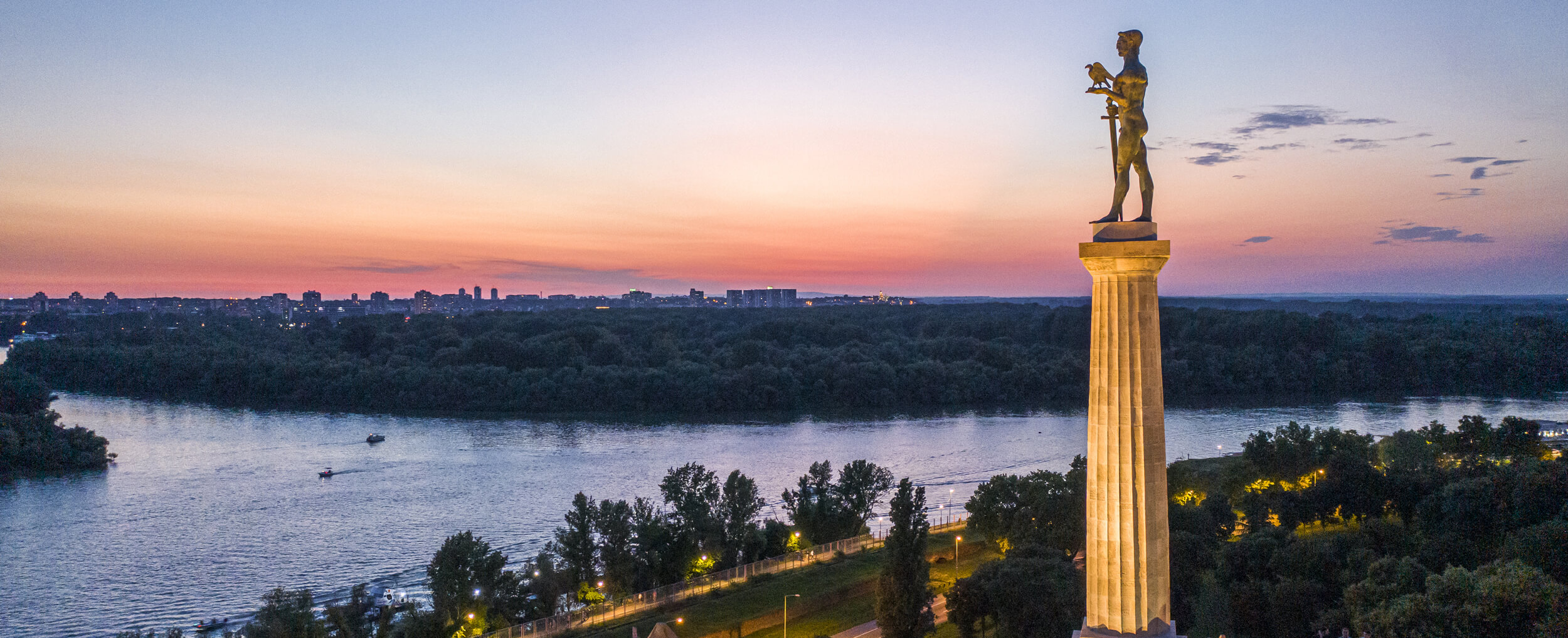Although it is known as an old Turkish bath, the hammam in the Lower Town was built only in the second half of the 19th century, at a time when the Turkish garrison had already left Belgrade. In addition to this one, there were two other hammams in the area of the Belgrade Fortress — …
An impressive building, buried in the rock of the western suburbs or the so-called Danube slopes and formed during the great Austrian reconstruction of the Belgrade Fortress. The construction lasted only two years, from 1718 to 1720, with the aim of making a safe shelter for gunpowder as soon as possible, a place protected from …
Vidin Gate is located on the northeastern fortress front. This part of the fortification, placed in front of the main Lower Town rampart, was built during the great Turkish reconstruction of the Belgrade Fortress, between 1740 and 1760, on the site of the destroyed Austrian fortifications. The gate was named after the former road that …
Today it represents the largest and best preserved tower of the Belgrade Fortress. It used to be located on the river bank, near the entrance to the old medieval port, which stretched from the outside of the northeastern rampart. The same name — Nebojsa — was used in the Middle Ages for the main tower …
The bastion makes a part of the coastal rampart built upon the project of Andrea Cornaro at the end of the seventeenth century. There are records saying that sultan Mustafa II supervised the construction works of the bastion during his stay in Belgrade in 1696. Thus, the Turks called it “Sultan Mustafa’s Stronghold”. During the …
Sava Gate is located at the main southern entrance, which is headed toward along the Sava river to the Western Suburb and further to the Lower Town. At this point, originally, at the time of King Stefan Dušan, was built suburbs south wall with the Southern Gate. That wall has been sloped down to the …
On the old plans this gate is marked as Karanlik kapuso or Dark Gate, which fully corresponds to its appearance. While the present name is not settled, this gate was known under various names, for example Sava Gate, Sabac Gate, Bosnian and Dark Gate. It was built between the 1740th and 1760th, in the front …
Big Staircase Descent is now the shortest communication between ports on the Sava River and Upper fortifications. Built in the middle of the 18th century during the Turkish reconstruction of the fortress. It is located in the outer ditch of the fortress, which was rebuilt with two caponiers containing arched passes. At the lowest part, …
Small Staircase Descent is a part of the outer fortifications on the Sava slope. On the top it is connected with the counterguard in front of the Royal Ravelin, and at the bottom with the bastion of the Dark Gate. It represented the internal defended fortress communication that was partition with three caponiers. Due to …
The remains of Stefan Lazarevic Castle are still preserved in the northwestern part of the Upper Town. The citadel or inner town was firstly designed as a Byzantium fortress in the twelfth century. It was rebuilt during the rule of despot Stefan Lazarevic during the period between 1404 and 1427. Archaeological researches, which were carried …
Continue reading “Remains of Despot Stefan Lazarevic Castle”

